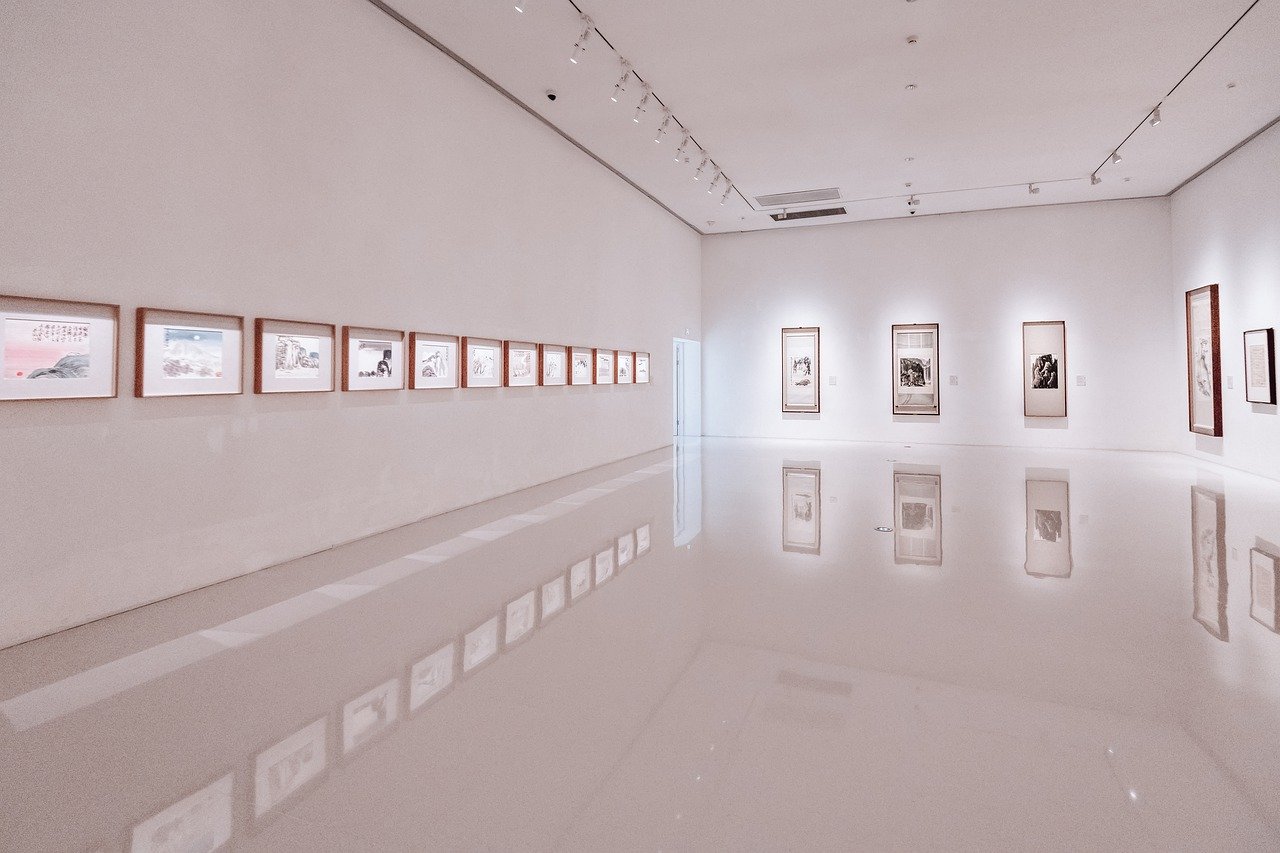When you think of Afghan art, you might call to mind some examples of delicate woodwork, exquisitely set gemstones, or intricate carpet weaving. But although Afghanistan is currently experiencing an important reconnection with these historic arts and crafts, there is more to the country’s evolving artistic and cultural landscape than these traditional forms.
Intriguingly, after decades of repression, Afghanistan is once again home to a small but vibrant contemporary art scene fueled by a community of exciting and talented artists who are committed to showing the world a different side of their homeland. And show the world they did at the recent “Made in Afghanistan” exhibition, held from November 2019 to January 2020 at Etihad Modern Art Gallery in the United Arab Emirates. Read on to learn more about the exhibit, the participating artists, and why this opportunity was important for contemporary art in Afghanistan.
What was the Made in Afghanistan exhibition all about?
Made in Afghanistan is the largest art exhibition focused entirely on Afghan artists that has ever been held in the UAE. Featuring over 50 artworks from 11 different artists working across a range of disciplines, both contemporary and traditional, Made in Afghanistan is a celebration of Afghanistan’s cultural heritage that also marks the 100th anniversary of the country’s independence. The aim of the exhibition—which included handcrafts, antiques, and agricultural products alongside a wonderful selection of modern artworks—was to introduce visitors to Afghanistan’s unique artistic and cultural scene, which is often overlooked next to stories of the country’s conflicts and challenges. The exhibition also sought to deliver a special message of peace and hope from contemporary Afghan artists.
Who organized the exhibit?
A number of different partners, both in Afghanistan and in the UAE, worked together to make Made in Afghanistan possible. These players included:
The Etihad Modern Art Gallery (EMAG)—A multi-purpose art space and café in the heart of Abu Dhabi, EMAG has been providing a vital showcase for local and international artists since it was established in 2013. With the goals of advancing Abu Dhabi’s art scene, promoting Emirati culture and arts to a wider audience, and providing emerging and established artists alike with a platform for their passion, EMAG offers a regular program of art shows and events at home and internationally in partnership with respected galleries and institutions.
Berang Arts—A co-curator of Made in Afghanistan, Berang Arts is a Kabul-based group that works to develop and support contemporary arts in Afghanistan. For the past decade, the peer-run organization has been an important resource for both new and established artists trying to negotiate the challenging balance between Afghanistan’s traditional values and their own contemporary aesthetic.
The Afghan Embassy—The Embassy of Afghanistan in Abu Dhabi, one of the world’s largest Afghan embassies, played an important supporting role in organizing the Made in Afghanistan exhibit, working with both EMAG and Berang Arts to bring the artworks for display from Afghanistan to the UAE.
Which artists participated in the exhibit?
Some of the most exciting artists currently working in Afghanistan were featured in the Made in Afghanistan exhibition, including:
Mohammad Shahab Eslami—An active member of Berang Arts and a founder of the Kabul photography group Induction, Mohammad Shahab Eslami is an experimental filmmaker and photographer. A self-taught artist, Eslami explores different genres of photography to capture the form and content of contemporary human life. Six of his pieces were shown at Made in Afghanistan.
Shamsia Hassani—A co-founder of Berang Arts, Shamsia Hassani is believed to be the first female graffiti artist in Afghanistan. Her work, which features vivid imagery that symbolizes the issues faced in modern Afghanistan, can be found on walls and buildings around Kabul.
Robaba Mohammadi—At just 19 years of age, Robaba Mohammadi has overcome tremendous obstacles in order to make a name for herself as an artist. Unable to walk or use her hands due to a condition she’s had since birth, Mohammadi found her passion for art during her lonely years of growing up without being able to attend school. Today, she paints and draws using her mouth, producing beautifully detailed portraits of Afghan streets and people. She is also a passionate advocate for the rights of people with disabilities in Afghanistan.
Why was the Made in Afghanistan exhibition important?
Made in Afghanistan offered a very valuable opportunity for these 11 young artists to show their work internationally, and in another Arab country at that. As explained by Nabila Horakhsh, a co-founder of Berang Arts and a co-curator of the exhibition, Afghan artists have few opportunities to exhibit inside Afghanistan while also struggling to access international galleries. This means that chances for their work to be seen by the public are rare. Everyone involved in the Made in Afghanistan exhibition hopes that this event will mark the beginning of a long-term relationship between Afghan and Emirati artists, with more exhibits and exchanges to come on both sides.

